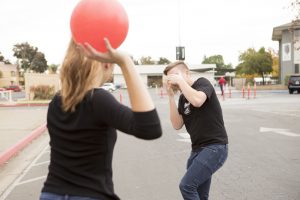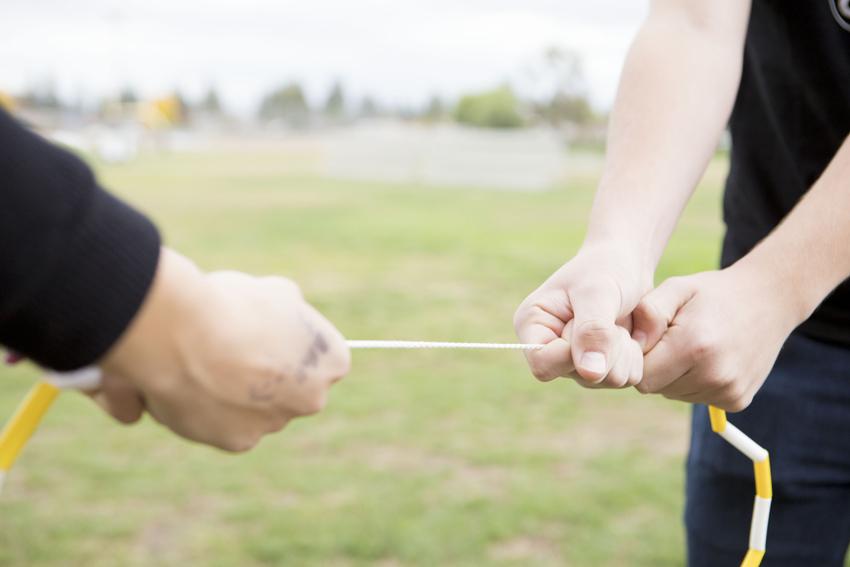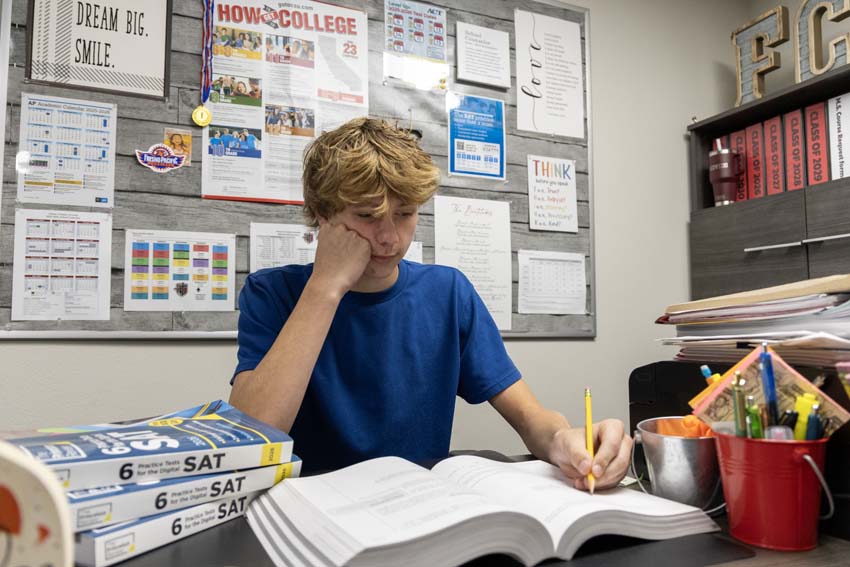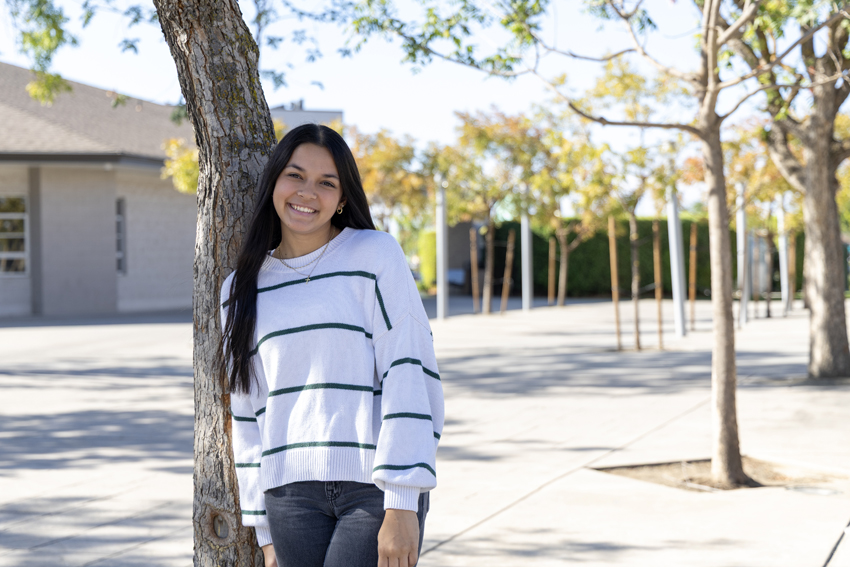John Monke discusses solutions to disagreements, friction within relationships
One of the hardest things students all across high school have to deal with is conflict. Conflicts can often be avoided if one party will take a step back and work to refrain from arguing by exploring other possible solutions.
Conflict does not always have to be a bad thing. It is normally caused by a misunderstanding or a person seeking attention. In the article “Six Steps for Resolving Conflicts” by Naomi Drew, M.A. She talked about how resolving conflicts is a key skill to life.

“Conflicts can actually lead to increased understanding and creative thinking,” Drew said. “It’s how we deal with conflict that determines the outcome. In this era of school and workplace shootings, road rage, airport rage and even supermarket rage, knowing how to resolve conflicts can save a life. Beyond that, conflict resolution skills can improve relationships and deepen understanding.”
Most people believe conflicts are a bad thing, but as Drew explained conflicts can bring people closer to each other. However, conflicts still cause many problems for teenagers. School liaison Reggie Williams deals with conflicts between students.
“The most important thing when dealing conflict is listening closely to both sides of the story,” Williams said. “You can’t favor what one person says over another because both sides have a story. When dealing with conflicts I use the Matthew 18 principle. I am the mediator of the situation so both sides can explain what happened.
“In life, you will have conflicts and this is a good opportunity to teach them life skills,” Williams continued. “The most common problems I face is students disrespecting each other. They don’t know that they are hurting the other person on the inside even if they don’t show it on the outside. I try to tell them that the most powerful thing on the human body is the tongue because you can’t undo what you say.”
However, conflicts between students and teachers are normally dealt with by Principal Amy Deffenbacher. Principal Deffenbacher elaborates on the varieties of conflicts she encounters.
“I normally hear conflicts from parents who contact me,” Deffenbacher said. “First step I do in resolving the problem is to have the students to go and talk to the teacher they’re having issues with. If they can’t come up with a solution, then I will step in as the mediator. The most common problems between teachers and students are when students misunderstand due dates or extended time for absence, most often is academic.
“I don’t think conflicts are a bad thing,” Deffenbacher continued. “This is hard for me to say because I don’t like them as a school principal, but throughout life, the conflicts that I have faced always brought out something positive as the outcome and gave me a new perspective.”
In the article “4 Effective Conflict Resolution Strategies in the Classroom” published by Concordia University, the Room 241 team discussed one of the key ways to deal with conflicts. Listening is a very powerful tool. If people are not willing to listen than conflicts may never be solved.
“Many conflicts start because of misunderstandings and miscommunication,” the Room 241 team said. “Teaching students good listening habits can be an important tool. You can start with an in classroom discussion about conflicts that may have occurred to students recently. This is a good opportunity to let students realize the power of listening. It also lends itself to teaching “how” to listen.”
Wanting attention and misunderstanding are two of the biggest reasons for conflicts. If conflicts are left unsolved then the issue gets bigger, the problem does not magically go away. In the article “10 Important Conflict Resolution Skills For Teenagers” by Chhandita Chakravarty, she talks about what happens if you do not deal with them right away.
“Conflict is part of life,” Chakravarty said. “Conflict can occur within the family, with siblings and parents, with friends and with society in general. But the one thing you need to teach your teenagers is that a conflict need not be a negative experience. Remember, conflict can lead to change, positive change! Without the necessary skill set, a teenager can land in tough situations when it comes to conflicts. At home, unresolved conflicts can lead to strained relations. Outside, it can lead to broken friendships, hours of detention, and even violence!”

Teenagers all deal with conflicts differently, Alina Davila, ’19, likes take a step back and think through the situation. She also always prays to God for guidance.
“When I face conflicts I step back and try to figure it all out and fix it in my head,” Davila said. “They get solved when I relax and decide what I need to do to get through my conflicts. I pray to God that He will give me the courage and confidence to get through whatever it is I’m going through. I know that God is the only one who can truly solve conflicts.”
If you have any questions on how to handle conflicts I recommend to read the linked articles above. Comment below what your preferred way to handle conflicts is.
For more articles, read PROMO: Powder Rough set for Dec. 4. For more columns, read COLUMN: Choosing to be world changers.
This author can be reached via email and via Twitter @Johnmonke.





Kaylie Clem • Dec 1, 2017 at 12:30 pm
Good job on the article John!